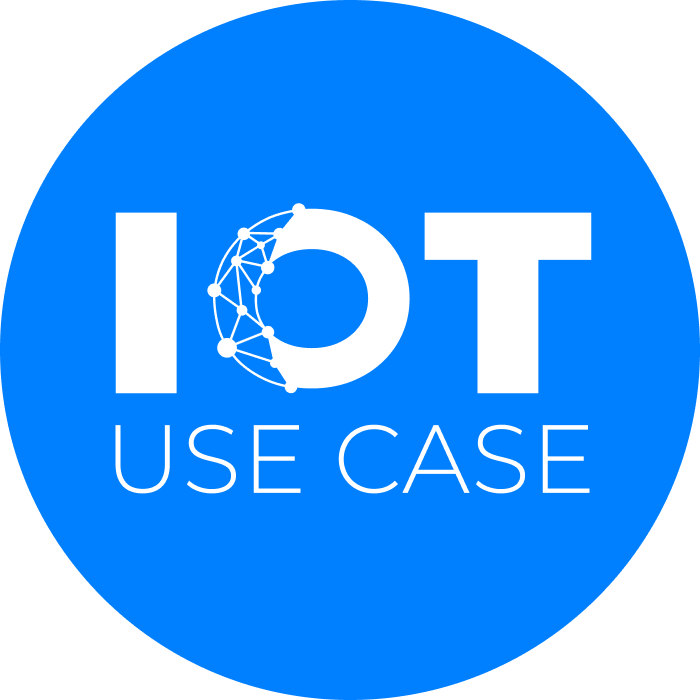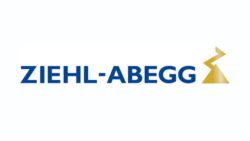Balluff is developing a plug-and-play solution for Ziehl-Abegg to monitor the condition of older machines that lack connectivity. In this way, the entry into the IIoT is also successful in the brownfield.
Ziehl-Abegg SE is a German manufacturer of fans for ventilation and air-conditioning technology and drive motors for elevators. Like many manufacturers, Ziehl-Abegg uses not only modern equipment but also existing machines that are not yet IoT-capable, and would like to integrate these into the IIoT as well. To do this, the company sought simple plug-and-play solutions to apply at any of its global manufacturing sites. The technology partner for this task is Balluff, a long-standing partner and global supplier for all areas of automation and one of the major manufacturers of sensor and automation solutions.
The challenge
The starting point is a heterogeneous brownfield: the individual machines in the fleet in question have very different development characteristics. This use case involves plastic injection molding machines that produce fan components at Ziehl-Abegg. Some of the new machines already supply masses of data – other machines are older and have the data “buried” deep in their controllers, so it first has to be obtained from there. Heterogeneity is compounded by an evolved and complicated IT structure. However, it is imperative that the connectivity of each machine is established in line with IT security.
A system as simple as possible was desired for plant monitoring without an additional control system (PLC) that taps the data. It should be possible to configure this once and then roll it out for all plants – in other words, it should function globally and independently of the respective IT structure. It should be a real plug-and-play system: Unpack, plug in and start.
The solution
Balluff offers the solution with its Portable Monitoring System: a cloud-based complete package for the condition monitoring of production plants, already preconfigured ex works and thus quickly and easily implemented. The battery-powered system offers a simple introduction to the subject of condition monitoring thanks to its particularly low complexity: all that is needed is a sensor for generating data, a gateway for transmitting data and software for visualizing the data.

The sensor monitors decentralized machines and aggregates, i.e. defined individual assets. It measures temperature, vibration, air pressure and humidity – these are the most important values needed to monitor a machine. With the Portable Monitoring System, all measurements take place in one device, the Balluff Condition Monitoring Sensor, so you don’t need four different sensors. No prior knowledge is required for the installation. Balluff promises that the hardware can be put into operation in under ten minutes. That’s how it worked at Ziehl-Abegg: The package arrived, all you had to do was unpack the sensor and log on to the cloud with a user account – usually Microsoft Azure. The sensor is equipped with industrial-grade connectors and can be easily connected to the gateway. The gateway is a box with dimensions of around six inches, which is the size of a normal smartphone. There is only one button that you turn on to activate the sensor and data transmission. The sensor is attached to the machine with a magnetic holder, but is often playfully tried out first in various other places beforehand. Since the gateway sends the data at a data rate of up to 1/second via cellular (2G/LTE/NB-IoT), the data is already sent two minutes after switching on and is visible on the software dashboard. This is where the advantage of data storage in the cloud and remote access to the data via a web browser becomes apparent: The data can be accessed immediately from anywhere in the world.
The analysis of the data is done by the user, but software support is available by default through threshold setting and alarms. These alerts are sent to the dashboard or via email. After evaluating the data obtained, statements can be made about the condition of the machines and equipment. Together with the warning messages, this data pool creates the prerequisite for predictive maintenance.
The result
The compact design of the sensor and the selected plug-in connections make the system suitable for industrial use. Since the sensor continuously monitors the machine, no additional personnel are required. The called system costs of less than 1000 euros are therefore amortized in a very short time. As a true all-in-one solution, the system is particularly user-friendly and easy to implement via plug-and-play.
Moreover, no intervention in the machine or the control system is necessary – this sensor is only attached mechanically from the outside. Therefore, no new CE assessment is required, which saves further effort and costs. The solution is completely flexible and, for an initial overview, also allows the sensor to be used to scan different machines one after the other for a while.
By analyzing the collected data, predictive maintenance solutions can be realized in the next step: Condition monitoring allows changes, such as wear and tear on individual components, to be detected more quickly and machine maintenance to be better coordinated. In this respect, the tool is a real IIoT enabler, because it is about having certain data available in the first place, even for older machines.
Thought further, the extensive use of condition monitoring systems offers future-oriented new possibilities and potentials for machine manufacturers such as innovative pricing and business models through usage-based remuneration based on the data pool, data-based optimization of the product life cycle, and even monetization of the data pool.








